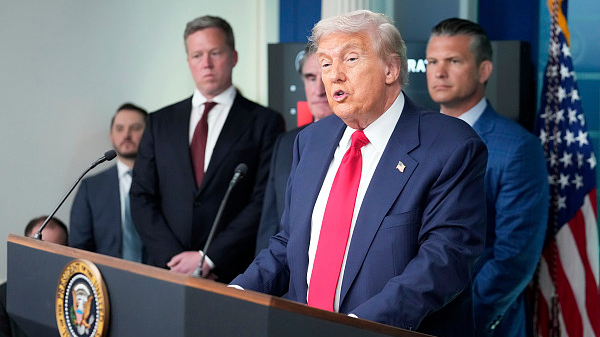On Monday, U.S. President Donald Trump declared a public safety emergency in Washington, citing a surge in violent crime and urban decay. He invoked Section 740 of the Home Rule Act of 1973, temporarily placing the city’s police department under federal control and ordering 800 National Guard troops into the capital.
What's driving the order?
The White House pointed to a 2024 homicide rate of over 27 per 100,000 residents and vehicle thefts more than three times the national average. Trump also highlighted homelessness, graffiti and infrastructure neglect as direct threats to public safety and federal operations. “We’re going to take our capital back,” he said at a White House press conference.
Though the takeover can last up to 30 days without congressional approval, the administration did not set a timeline, and legal challenges are expected.
Local officials push back
Washington Mayor Muriel Bowser called the action “unsettling and unprecedented,” defending the city’s recent progress. Police data show a 26% drop in violent crime this year compared with 2023, with homicides, assaults and robberies at a 30-year low. D.C. Attorney General Brian Schwalb branded the move “unprecedented, unnecessary and unlawful,” while Illinois Senator Dick Durbin dismissed it as “political theater.”
Beyond the capital
The president has previously deployed the National Guard during the 2020 Black Lives Matter protests and on January 6, 2021. This latest action follows legal battles over a summer deployment in Los Angeles tied to mass immigration raids. Under the 1973 Act, Trump can assume control of the police force for up to 30 days if he notifies congressional committee heads.
Bowser said efforts to grant Washington statehood, which city leaders have long pursued, could prevent future federal takeovers. Meanwhile, The Wall Street Journal noted this move is part of a broader debate on the expanding footprint of U.S. military force on domestic soil.
Reference(s):
What to know about Trump's deployment of National Guard in Washington
cgtn.com



